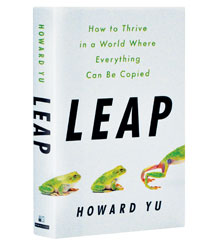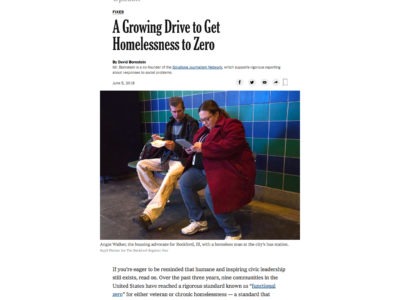From Strategy + Business
This article has been adapted from Leap: How to Thrive in a World Where Everything Can Be Copied, by Howard Yu. Copyright ©2018. Available from PublicAffairs, an imprint of Perseus Books, LLC, a subsidiary of Hachette Book Group Inc.
The traditional method used by social workers to help the homeless is a conveyor belt model, which moves people methodically from street, to shelter, to permanent housing. Few service providers ever questioned this basic model. Yet any experienced social worker would also concede a so-called service-resistant population: homeless individuals who refuse shelters. Faced with this reality, in 2001 a nonprofit organization called Common Ground (now known as Breaking Ground) conducted an experiment: a winter count of the homeless individuals in New York City’s Times Square. The Common Ground team went out to the field. They suspended judgment, postponed analysis, and drew conclusions based solely on up-close observations and careful listening.
This idea of a human-centric design — developing solutions through intensive observation and gathering of small data, those tiny clues of human behavior — is especially profound today. The rise of smart machines often leads observers to paint an apocalyptic outlook for the traditional workforce. At their most extreme, predictions foretell the majority of white-collar jobs being automated, leading to a jobless future. What often gets left out of this narrative is that even as artificial intelligence (AI) and other emerging technologies are transforming the way routine tasks are done, they are also freeing humans from a sort of white-collar drudgery. This in turns allows people to do what they are best at — creative problem solving.



